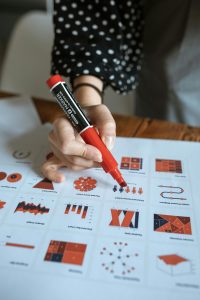The life-or-death case for self-driving cars
The Imperative for Self-Driving Cars: A Life-Saving Solution
As the world grapples with the dangers posed by human drivers, the case for self-driving cars becomes increasingly compelling. Our ability to operate vehicles is often compromised by distractions, fatigue, emotional distress, and, alarmingly, impairment. Even at our most alert, the challenges of high-speed driving can overwhelm our prehistoric-human instincts and mental capabilities.
The consequences of these human errors are staggering. Approximately 1.2 million individuals lose their lives in traffic accidents around the globe every year—an alarming statistic that equates to the tragic loss of nine jumbo jets filled with passengers on a daily basis. In the United States alone, an estimated 39,345 traffic fatalities occurred in 2024, which amounts to a bus-full of lives lost every 12 hours.
However, there is a glimmer of hope on the horizon. Advancements in artificial intelligence are paving the way for a new generation of drivers that far exceed human capabilities. These AI-driven vehicles possess several key advantages: they don’t require rest, they don’t experience anger or frustration, and their decision-making processes are optimized for the rapid demands of high-speed environments.
The question then arises: will the integration of self-driving technology lead to a safer driving future? As we delve into the potential of autonomous vehicles, the evidence suggests that embracing this technological evolution could significantly reduce road fatalities and enhance overall public safety.
As we continue to explore this dynamic landscape, it is crucial to consider how we can leverage AI to not only improve efficiency but also potentially save countless lives on the road. The future of transportation may indeed hinge on our willingness to move forward with self-driving cars, steering us towards a safer, more responsible era of travel.














Post Comment